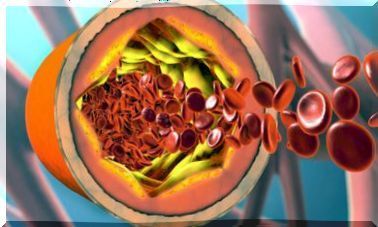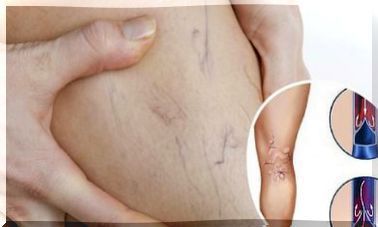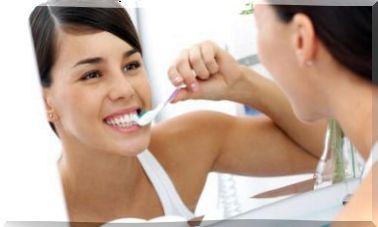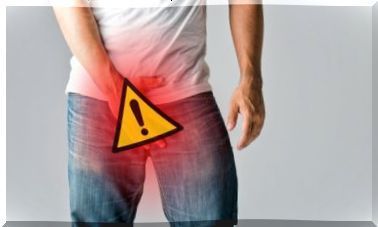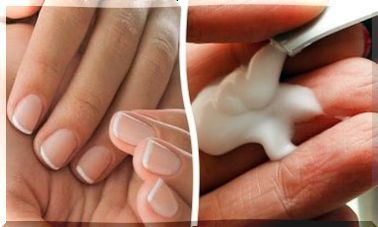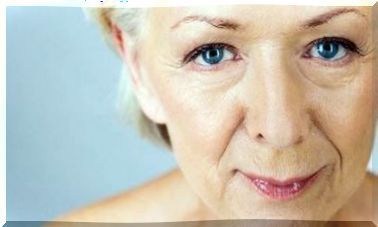Is It Risky To Tan During Pregnancy?
A tanned skin is attractive, but before an aesthetic response, the darkening is due to a measure of protection against ultraviolet rays. Excess can have severe consequences.
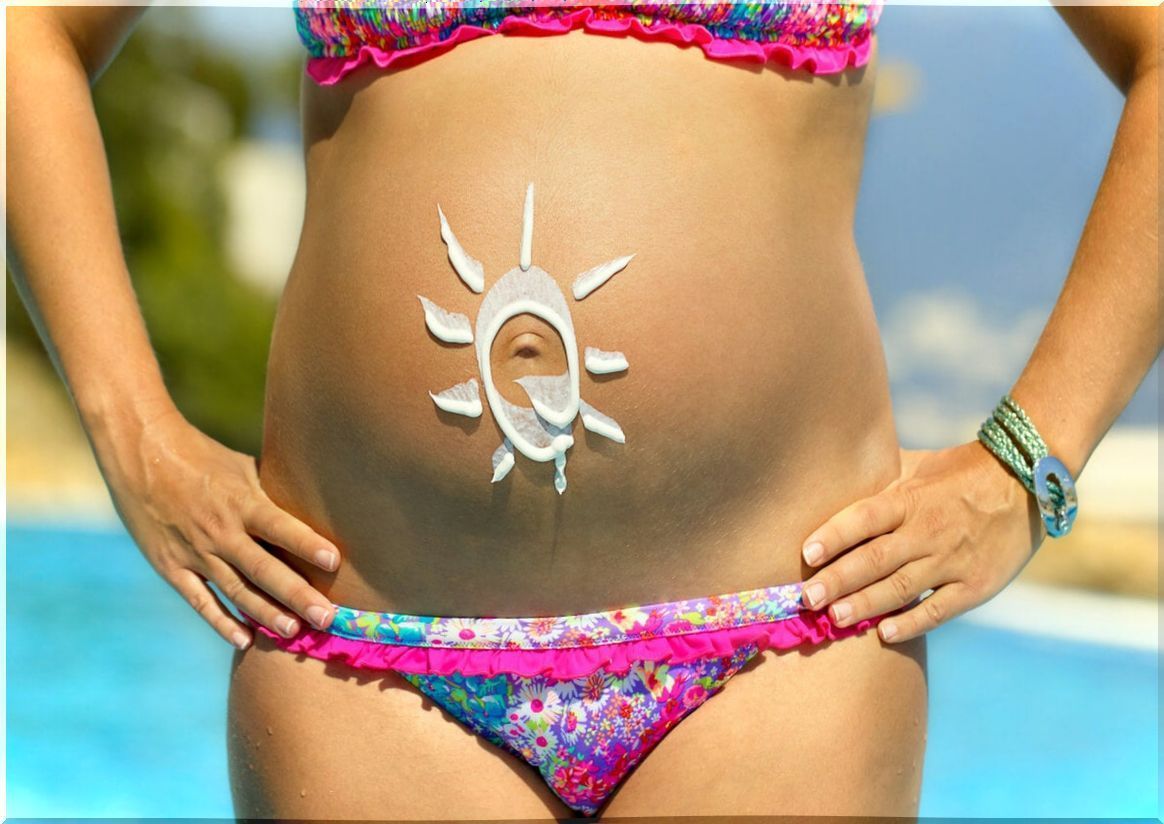
Sun and health go hand in hand, so it will always be a bit strange to wonder if it is risky to tan during pregnancy. It will be if it becomes an activity that we do in excess, without knowing the scope and its limits.
Short-wave (UVB) and long-wave (UVA) ultraviolet rays have effects on the skin depending on their intensity and length. In this sense, we know that the skin under the action of UVB rays produces vitamin D3, essential for bone structure. But it only takes 20 to 30 minutes of sun exposure to achieve your benefit.
Tanning requires more time and care. And if doing it in the sun involves risks and requires a maximum of caution, in tanning beds it is completely ruled out. In this article we present the why.
Why do we get a tan?
Tanning is a reaction of the skin to protect itself from the action of short-wave ultraviolet rays or UVB. This radiation is intercepted by the ozone layer, but the climate crisis has affected it and the incidence of these rays on the earth’s surface has increased.
The skin captures them and the natural response, when they pass through the epidermis, is darkening, a product of melanin. This is a biopolymer produced by melanocytes, which are found in the deepest layer of the epidermis (or stratum basalis).
Melanin, which absorbs up to 99% of the sun’s rays, is deposited in keratinocytes, the cells that make up the skin. It is here that it accumulates around the nucleus of the cell to protect DNA from possible mutations caused by solar radiation.
Extending the time of exposure to the sun is to overcome this natural barrier and move from the attractive tan to the sunburn.
Is it risky to tan during pregnancy?
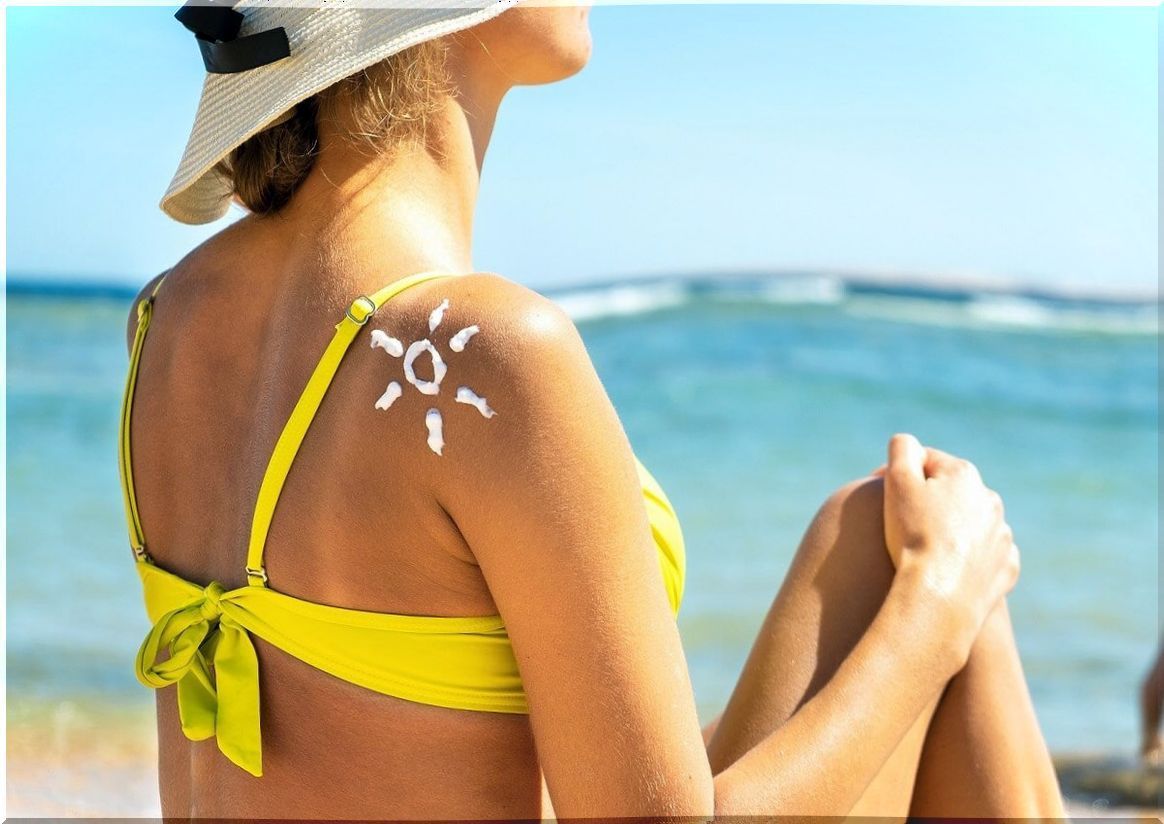
In general, tanning is not recommended. The excitement of summer, the feeling of freedom and the idea that a little more will not hurt us can have serious repercussions. However, taking all precautions and being aware of the risks, a little sun will do us and the baby good.
The sun helps to synthesize vitamin D that contributes to the absorption of calcium, thus helping to strengthen the bones, both of the mother and the baby, which receives calcium through the placenta. Vitamin D requirements increase by up to 300% due to the mineralization of the fetus’s bones.
On the other hand, exposing yourself to the sun for a maximum of half an hour does not necessarily imply tanning. Receiving your light in the morning, before 11, or in the afternoon after 5, is already healthy. But tanning, beyond aesthetics, is a response to solar radiation and its intensity will depend more on the type of skin than on the sun received.
If the skin is very white, before tanning it burns; Therefore, to protect yourself, you would need a protection factor between 20 and 50. If the skin is fair, it will gradually tan and the protection factor should be between 15 and 20.
Brown skin, on the other hand, tans quickly. The dark one does it in depth. In these cases, the sunscreens range from 10 and 15 to 4 and 10, respectively. In short, without adequate protection we should not expose ourselves to ultraviolet rays.
Possible consequences of tanning during pregnancy
During pregnancy, the skin becomes more sensitive, due to the increase in hormones and a greater blood supply. If exposure to ultraviolet rays is cautious, it is reasonable to consider tanning during pregnancy to be risky.
Chloasma
Also called melasma , they are dark colored spots caused by increased progesterone production. They are usually seen on the face (in mustache, cheekbones and forehead). The intensity will depend on the time in the sun.
Darker skin is more prone to its appearance. Once it arises, it is very difficult to make it go away.
Melanoma
It is a type of skin cancer that develops when melanocytes grow out of control. Among the causes is genetic predisposition and sun exposure. It is more frequent in white skin, with a high density of freckles and in redheads.
Spina bifida
Exposure to ultraviolet rays causes overheating, which can affect the development of the baby’s spine. In addition, it carries a decrease in folic acid, increasing the risk of spina bifida.
The reason is that folic acid is sensitive to sunlight and degrades, especially under the action of sunlight.
Tanorexia
For all the aforementioned, submitting to the sun without paying attention to care and with an obsessive desire to achieve the goal of tanning, can be an indication of tanorexia. An obsession for being brown that can lead the pregnant woman to undergo sessions in UV cameras, with a concentration of rays higher than natural and more aggressive.
We have already seen that the sun is, from every point of view, healthy at the appropriate times and hours. But if we want to see ourselves tanned, exposing ourselves to the sun is not the only solution.
Some special creams relate their active ingredients to keratin and other proteins in the superficial layers of the skin. They generate, thus, a tan without melanin, adjusted to the aesthetic desire.
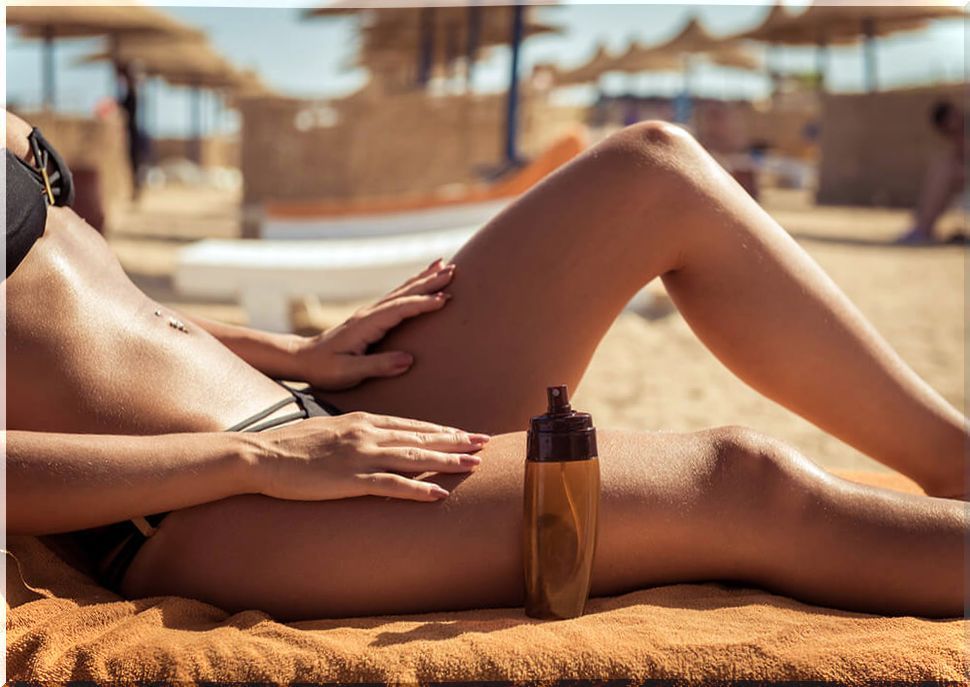
Tips to Protect Yourself from Radiation During Pregnancy
Under the care schemes dictated by common sense, such as the use of protectors and choosing the recommended hours, the first day to go out in the sun should not go beyond 15 minutes.
If the summer stay is long, the next day it is increased by 10 minutes. And so on until the 10th day, if applicable ; This works as a preparation mechanism for the skin to withstand the sun.
With this tan we will protect ourselves immediately, but not from long-term effects, such as skin cancer or premature aging. Tanning the skin cannot be a recurring practice.
Umbrellas or sitting in the shade are not worth, by the way, because sand and water work as mirrors that multiply radiation. And the risk is in being exposed, believing that we are protected. Burns will appear later.
Yes, it is risky to tan during pregnancy
If you cannot avoid going past 11 in the morning and it is irresistible to lie in the sun or under an umbrella with the gold disc in all its splendor, then yes, it is risky to tan during pregnancy.
In this case, sunscreens are of vital importance. All exposed areas of your body must be thoroughly protected.
You must apply them between 30 and 60 minutes before exposure, in sufficient quantity. And after bathing or after sweating, the filter needs to be replaced.
It does not matter if the packaging says it is waterproof. If more than 3 hours of sun have passed, reapply it. No precaution is insufficient to protect your skin and, especially, the healthy formation of your baby.

